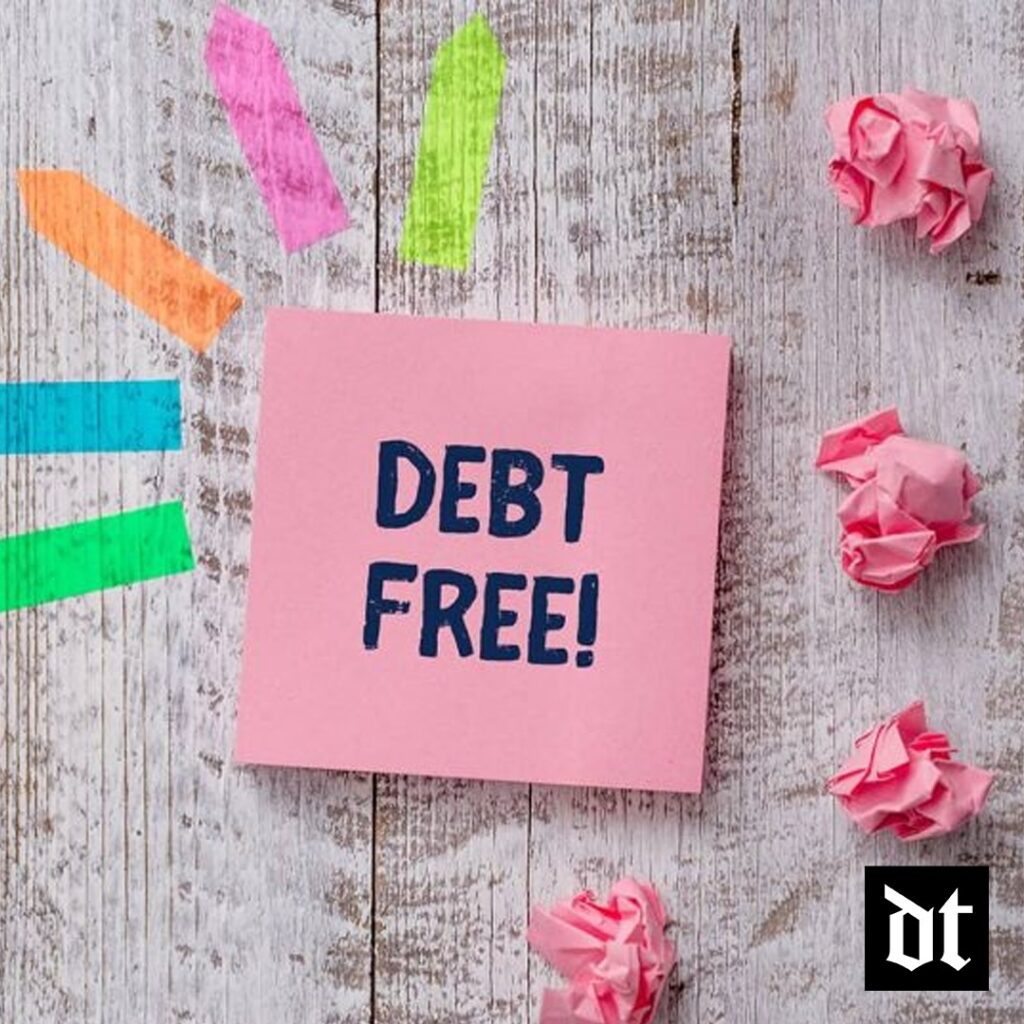
One of the greatest feelings in the current economy is waking up debt free. Unfortunately, the road to get there is not as streamlined. It will take dedication, growing pains, and strategic planning to get rid of debt. But before eliminating your debt, you need to start making repayments. Debt repayment is the first significant step to becoming debt free. It involves setting up a structure to help you minimize your debt.
Crafting Your Debt Repayment Plan In 7 Simple Steps
A debt repayment plan is a strategic series of steps crafted to aid with paying off outstanding debt. A good debt repayment plan should do three important things: keep you on track, keep you motivated and accelerate your repayment. The following are seven easy-to-implement guidelines you can adopt to divide a debt repayment plan just for you.
1. List All Outstanding Debts
Before you can start paying off your debts, you need to see all of them. Yes, that includes the $100 your buddy Mitch lent you. You can use a spreadsheet to keep it organized. List all your debts; mortgage, credit card debts, auto loan, student loans, and money from friends. Create different due dates, minimum payments, and interest rate columns and fill them out.
2. Arrange Your Debts

Rank your debts in order of how you would like to pay them. Depending on the debt repayment strategy you choose, it can be from the highest to the lowest or vice versa. Look at the different debt settlement plans to determine which fits your situation best. However, if your debt consists mostly of consumer debt, it is best to start paying off debts with the highest interest rate.
3. Outsource More Money For Repayment
Increasing your income is the best way to reduce your debt, but first, find out how much you need. How much extra money do you need to collect and then come up with ways to find it? You can boost your earning power by starting a side hustle or taking on a part-time job. Review your expenses and determine areas where you can cut back. Other ideas to find extra money include; selling items you no longer need
4. Lower Debt Cost
Reducing your debt balance puts you in a better position to clear your debt while lessening your financial burden during monthly repayment. You can take out a personal loan to consolidate the debt, initiate a bank transfer, or request a subsidized interest rate. With a call to your creditors, you can negotiate a lower interest rate while coming up with a plan to repay the debt cost.
5. Knock Out One At A Time
Taking on your debt at once can get overwhelming, so focus on one debt at a time. It may seem like a good idea to work on all debts at the same time, works well to lessen their impact; however, it will cost you more in the long run. By working on one debt at a time, you significantly cut down the interest rate paid and debt balance.
6. Keep The Ball Rolling
Moving forward is the only way you will see progress in your debt repayment plan. Do not get too comfortable with the first debt you clear; move on to the next one on the list. You will see progress as you cross more debts off your list.
7. Grow Your Savings

Lack of saving is what lands most people in debt. Start building your savings to prevent yourself from returning to the same situation. You can have different accounts to cater to different things; emergency, investment, and sinking funds.
Wrapping Up
Once your debt repayment plan is locked, nothing stops you from a debt-free lifestyle. Take your finances back into your control with a tailored plan for you. Use the above guidelines to create your debt repayment plan and begin your journey to debt-free.
